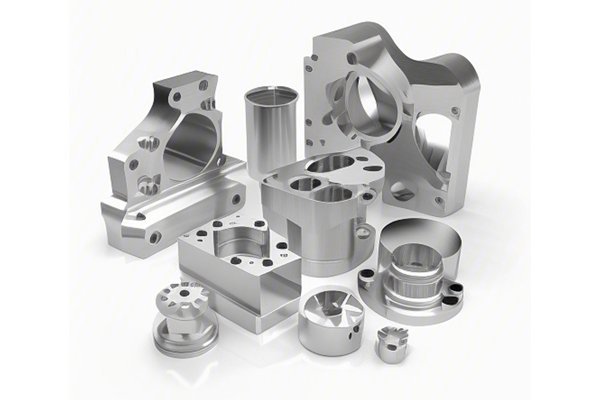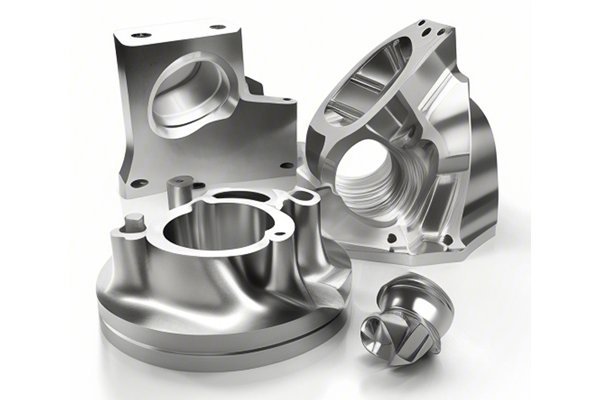Did you know that companies that invest in advancing the skills of their CNC operators can enhance production efficiency by up to 30%? In a landscape where precision and efficiency are paramount, having skilled operators can make a world of difference in a CNC machining operation.
In this blog, we will explore the critical role that CNC operators play, the skills they need, and how companies can implement training strategies to boost production efficiency.
Understanding CNC Machining
What is CNC Machining?
CNC, or Computer Numerical Control machining, is a manufacturing process that utilizes computers to control machine tools. This allows for high precision and accuracy that manual machining cannot achieve. CNC machines can fabricate parts from a wide array of materials including metals, plastics, and composites.
Importance of CNC Operators
While CNC machinery is powerful, it’s essential to recognize that operators are the backbone of this technology. Skilled operators bridge the gap between raw materials and finalized products. Their expertise not only influences production quality but also affects overall productivity, machine lifespan, and maintenance schedules.
Why Enhance Operator Skills?
The precision of CNC machining hinges on operator skill. Errors in programming or machine setup can lead to costly defects. Continuous training empowers operators to create accurate setups and quickly identify issues before they escalate into significant problems.
Skilled operators understand their machines’ complexities, including how to conduct preventative maintenance. Lower downtime means increased throughput—higher output translates directly into greater profitability.
CNC machining can confront unexpected challenges. A well-trained operator can devise solutions, troubleshoot effectively, and swiftly mitigate any production hiccups.
Additional training can keep operators updated on the latest machine enhancements and control software. Familiarity with new technology leads to better implementation and overall productivity.
Investing in training programs not only uplifts skills but also fosters job satisfaction. Higher morale typically results in lower turnover rates, saving companies from the costs of hiring and training new operators.
Identifying Key Skills for CNC Operators
Operators need a solid understanding of CNC programming languages such as G-code and M-code. They should also have knowledge about CAD (Computer-Aided Design) and CAM (Computer-Aided Manufacturing) software.
Understanding how machines function is crucial. Operators must be able to diagnose machine issues and make adjustments as necessary.
Operators should be well-versed in measurement techniques to ensure that finished parts meet tight tolerances.
Operators must analyze and interpret complex technical drawings and specifications to correctly execute machining tasks.
Effective communication is vital for coordinating with teams, understanding instructions, and articulating issues as they arise.
Training Strategies to Enhance Skills of CNC Operators
Mentorship Programs: Pairing less experienced operators with veterans offers hands-on learning opportunities. Direct exposure to real-life situations helps junior staff grasp operational nuances.
Job Rotation: This method exposes operators to varying tasks, broadening their skill set and enhancing their ability to adapt.

Certification Programs: Encourage operators to pursue certifications through accredited institutions. Programs offering GN, G-code, and machine-specific training can add immense value.
Technical Workshops: Arrange periodic workshops aimed at specific topics such as tool handling, machine maintenance, and safety protocols.
Online Courses: Leverage digital platforms for self-paced learning. Subjects can range from the fundamentals of CNC machining to advanced programming techniques.
Webinars: Regularly scheduled webinars can introduce operators to emerging trends and technologies in CNC machining.
Virtual training simulations allow operators to practice programming and machining skills in a risk-free environment.
Feedback Loops: Establish a mechanism for operators to provide feedback after training sessions. Regular evaluations and modifications will ensure that the training is relevant.
Learning Incentives: Create recognition programs for operators who take the initiative to further their skills; this will encourage a continuous learning environment.
Implementing Training Programs
Start with a comprehensive skills assessment to identify strengths and weaknesses among employees. This will guide the development of targeted training programs.
Clearly outline the objectives of training initiatives. Whether aiming to reduce errors, enhance machine uptime, or prepare staff for new technology, having defined goals is crucial for measuring success.
Identify the necessary resources, whether it is budget, training materials, software, or personnel. The investment made here often translates into significant returns later.
Utilize key performance indicators (KPIs) such as production output, error rates, and machine downtime to analyze the impact of training initiatives.
Engage operators at various stages of training development. Solicit their input, accommodate their learning preferences, and foster a collaborative learning environment.
Challenges to Enhancing Skills
Balancing production schedules with training can be challenging. Implementing flexible training hours and making learning part of normal shifts can alleviate this issue.
Some employees may resist further training. Creating a culture of continuous improvement and emphasizing the benefits of skill enhancement can help mitigate this resistance.
Investing in education and training requires funding. However, consider it as an investment rather than a cost. Analyze how decreasing error rates and downtime will achieve longer-term cost savings.
In conclusion, advancing the skills of CNC operators is an effective strategy to improve production efficiency. Well-trained operators are indispensable assets that enhance quality, reduce downtime, and promote problem-solving capabilities. Companies not only benefit from the increased output but also cultivate a culture of continuous improvement and employee satisfaction.
By diligently implementing training programs and fostering an environment conducive to continuous learning, businesses can gain a competitive edge in the ever-changing landscape of manufacturing.
Ultimately, investing in the human element of CNC machining may very well be the key to unlocking unprecedented levels of productivity and success. It is worth thinking about how your organization can transform its CNC operations through targeted skill enhancement strategies, ensuring a brighter and more efficient future.
—






